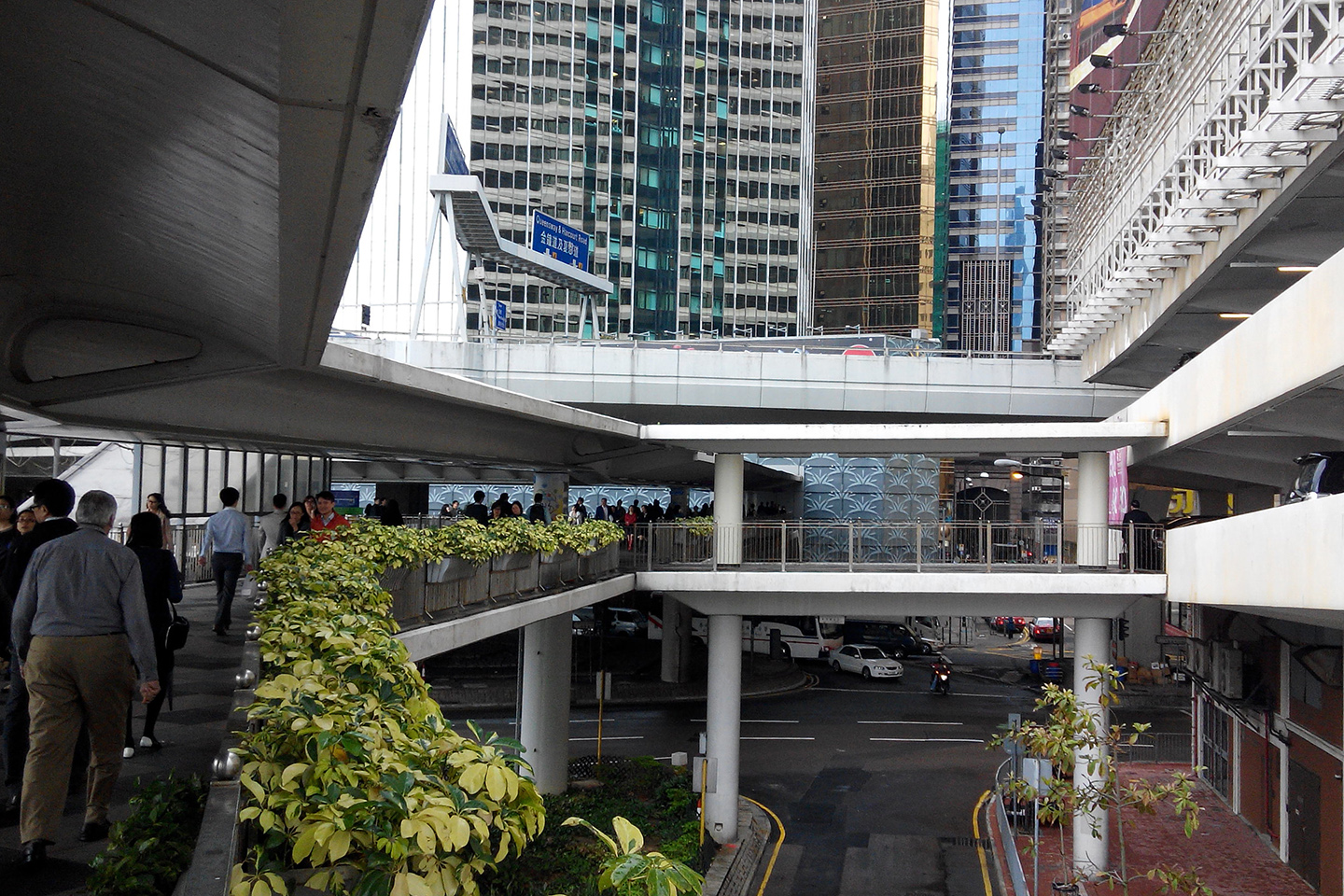How the Greater Bay Area Initiative is Reshaping South China’s Urban Development
In 2017, Xi Jinping and leaders from Hong Kong, Macau and Guangdong Province signed the Framework Agreement on Deepening Guangdong-Hong Kong-Macao Cooperation in the Development of the Bay Area. This document formalizes Beijing’s ambitious plans for the future development of the Pearl River Region, known as the Greater Bay Area (GBA) initiative. The objective of this new policy is to further integrate Hong Kong, Macao and nine cities in Guangdong Province into a world-class economic cluster of 68 million inhabitants, able to compete with rival bay areas, such as New York and Tokyo.
Economic growth is to be achieved through increased cooperation, by relying on each cities’ competitive advantage and turning the region into a higher added-value economy and an innovative technology hub. Circulation of people and goods across the region would also be made easier. This initiative will therefore bring some changes to the urban environment of the region.
One of the key components of the Greater Bay Area scheme is the development of transport infrastructure, in order to improve physical connections between the mainland and the two Special Administrative Regions (SARs) of Hong Kong and Macao. Some major projects are already under construction, such as the Hong Kong-Zhuhai-Macau bridges, scheduled to open in 2018. Other projects include the Express Rail Link connecting Hong Kong to Shenzhen and Guangdong which opened in September 2018, as well as the Zhongshan highway which should be completed in 2021.
These infrastructure developments will significantly reduce travelling times between GBA cities, and therefore modify commuting patterns at the regional scale. Indeed, authorities expect some Hong Kong residents to relocate to the mainland and commute daily by road or train, which could also happen in other GBA cities, as workers choose to live in outlying areas with cheaper housing prices. Possible consequences of this are urban sprawl and densification along newly developed transport axis and in smaller cities.
These changing commuting patterns are likely to have an impact on land and housing prices in the region. Hong Kong authorities view regional integration as a solution to housing shortages in the city, and expect residents to purchase more affordable houses in satellite cities thereby relieving pressure on the local housing market. However, it could also lead to increased housing prices in these cities due to more demand. Cities with improved transport may also witness the construction of large quantities of new housing, with risks of speculation.
However, regional integration will not advance without a few challenges. Physical integration needs to be supplemented by social and legal integration, as different currencies, tax systems and border controls could act as disincentives to commuters from the mainland to the SARs. The question of the sustainability of the GBA growth is also at stake. The Pearl River Delta already suffers from heavy water and air pollution, and is prone to natural disasters such as typhoons and floods. It remains to be seen how the GBA can face these risks, which will only increase with economic and demographic growth.
-
2018/10/11

-
Pearl River Delta

-
Gwenaëlle Brandelet


the other map
Explore arrow
arrow
loading map - please wait...




